Name Thomas Seebeck Children August Seebeck | Role Physicist | |
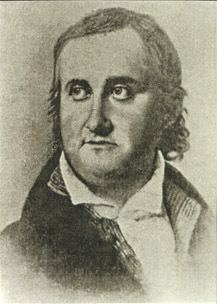 | ||
Born 9 April 1770Reval ( 1770-04-09 ) Died December 10, 1831, Berlin, Germany | ||
Education University of Gottingen | ||
Thomas johann seebeck 1770 1831 biography
Thomas Johann Seebeck ( [ˈtoːmas ˈjoːhan ˈzeːbɛk]; 9 April 1770 – 10 December 1831) was a Baltic German physicist who in 1821 discovered the thermoelectric effect.
Contents
- Thomas johann seebeck 1770 1831 biography
- Today in history birthday of physicist dr thomas johann seebeck 09 apr 2011
- Seebeck effect
- Precursors to color photography
- Other achievements
- References
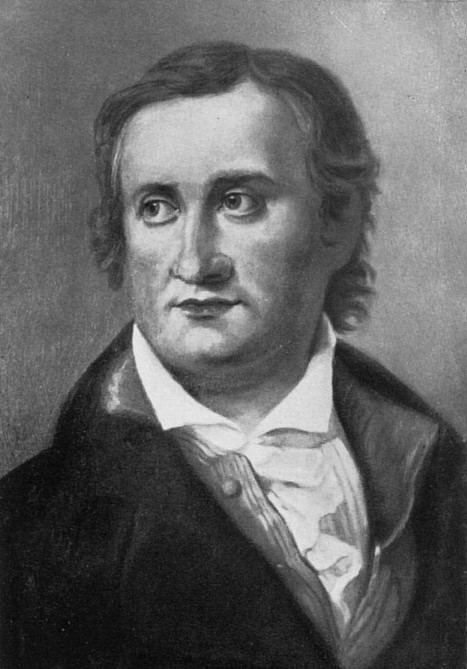
Seebeck was born in Reval (today Tallinn, Estonia) to a wealthy Baltic German merchant family. He received a medical degree in 1802 from the University of Göttingen, but preferred to study physics. In 1821 he discovered the thermoelectric effect, where a junction of dissimilar metals produces an electric current when exposed to a temperature gradient. This is now called the Peltier–Seebeck effect and is the basis of thermocouples and thermopiles.
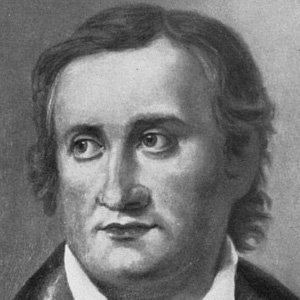
Today in history birthday of physicist dr thomas johann seebeck 09 apr 2011
Seebeck effect
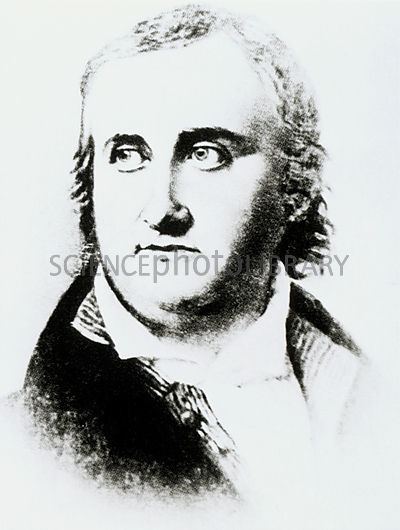
In 1821 Thomas Johann Seebeck found that a circuit made from two dissimilar metals with junctions at different temperatures would deflect a compass magnet. Seebeck initially believed this was due to magnetism induced by the temperature difference. However, it was quickly realized that it was an electric current that is induced, which by Ampere's law deflects the magnet. More specifically, the temperature difference produces an electric potential (voltage) which can drive an electric current in a closed circuit. Today, this effect is known as the Peltier–Seebeck effect.
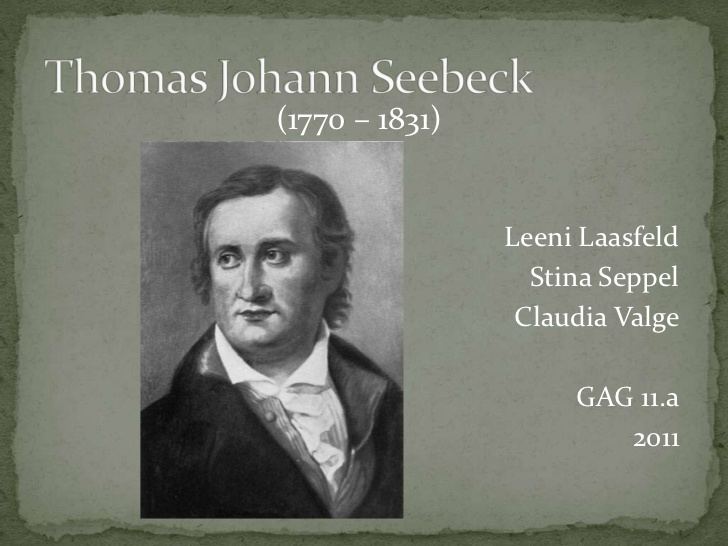
The voltage produced is proportional to the temperature difference between the two junctions. The proportionality constant (a) is known as the Seebeck coefficient, and often referred to as the thermoelectric power or thermopower. The Seebeck voltage does not depend on the distribution of temperature along the metals between the junctions. This effect is the physical basis for a thermocouple, which is used often for temperature measurement.
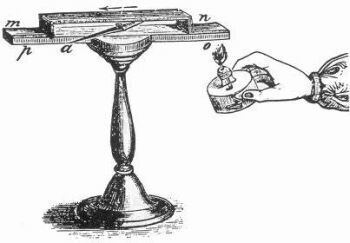
The voltage difference, V, produced across the terminals of an open circuit made from a pair of dissimilar metals, A and B, whose two junctions are held at different temperatures, is directly proportional to the difference between the hot and cold junction temperatures, Th − Tc. The voltage or current produced across the junctions of two different metals is caused by the diffusion of electrons from a high electron density region to a low electron density region, as the density of electrons is different in different metals. The conventional current flows in the opposite direction.
If both junctions are kept at same temperature, an equal amount of electron diffuses at both of them. Therefore, the currents at the two junctions are equal and opposite and the net current is zero, and if both the junctions are kept at different temperatures then diffusions at the two junctions are different and hence a different amount of current is produced. Therefore, the net current is non-zero. This phenomenon is known as thermoelectricity.
Precursors to color photography
In 1810, at Jena, Seebeck described the action of the spectrum of light on the chloride of silver. He observed that the exposed chemical would sometimes take on a pale version of the color of light that exposed it, and also reported the action of light for a considerable distance beyond the violet end of the spectrum. Seebeck also worked on the Theory of Colours with Goethe.
Other achievements
In 1808, Seebeck was first to produce and describe the amalgam of potassium. In 1810, he observed the magnetic properties of nickel and cobalt. In 1818, Seebeck discovered the optical activity of the solutions of sugar.
